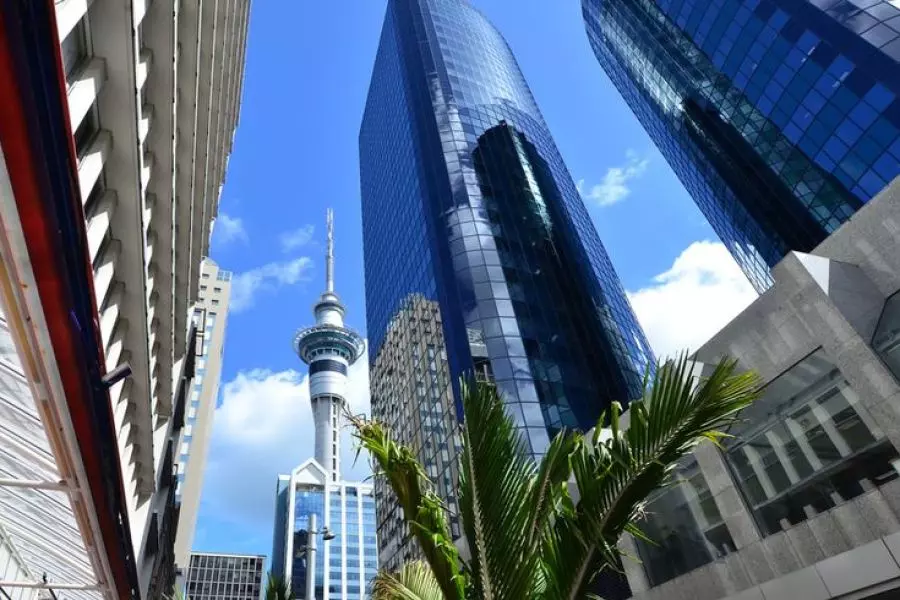
News
What office staff expect in a workplace

Friday 17th of September 2021
Increasingly office workers are exploring an alternative – one that allows the freedom to work in different spaces according to needs and preferences, says a JLL report on features employees expect in the workplace.
“Rather than introduce completely new ideas, the pandemic has accelerated the realisation that work is not somewhere you go, but something you do, no matter wher...
Want to read the full article?
Click the button below to subscribe and will have unlimited access to full article and all other articles on the site.





![[The Wrap] Bye Bye Bayly](https://goodreturns.publit.io/file/c_fill,w_900,h_600/39f23ac1-f7c7-4854-b700-a150004ebbac.webp)


